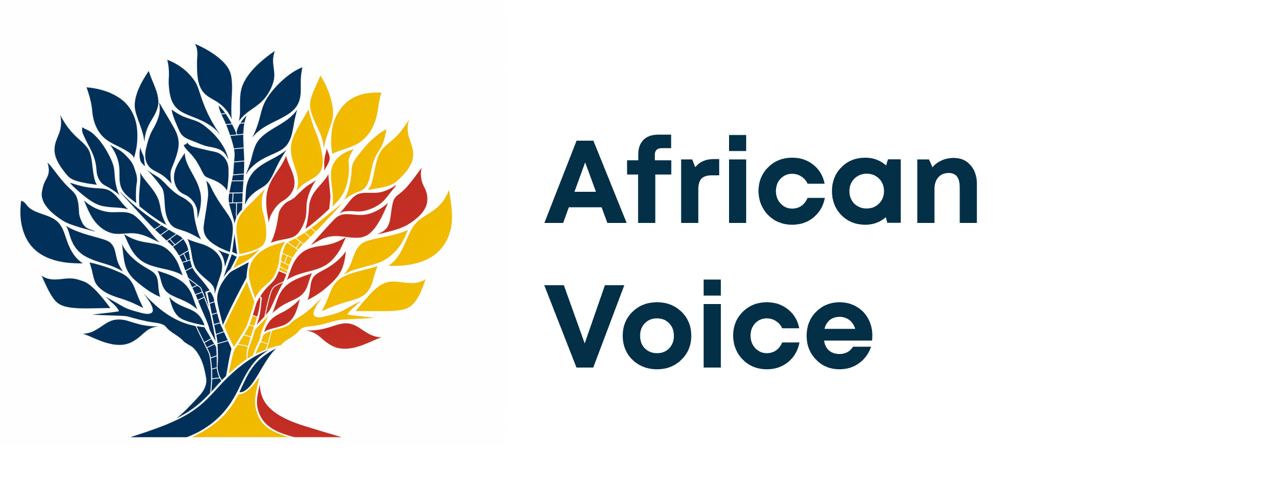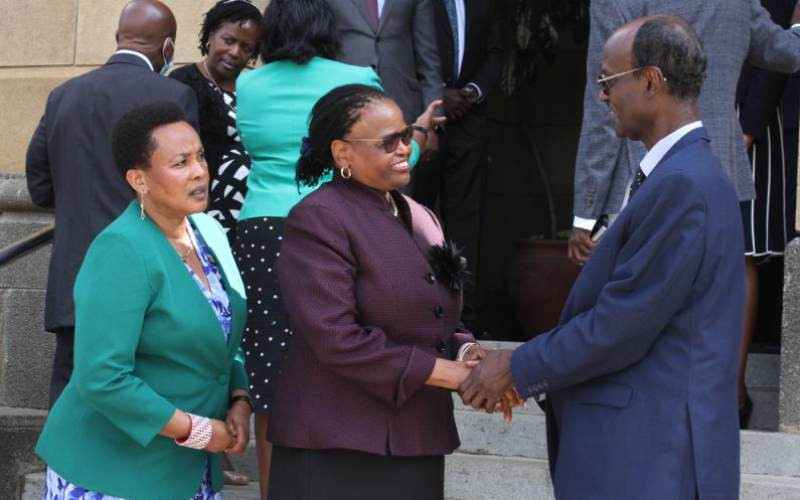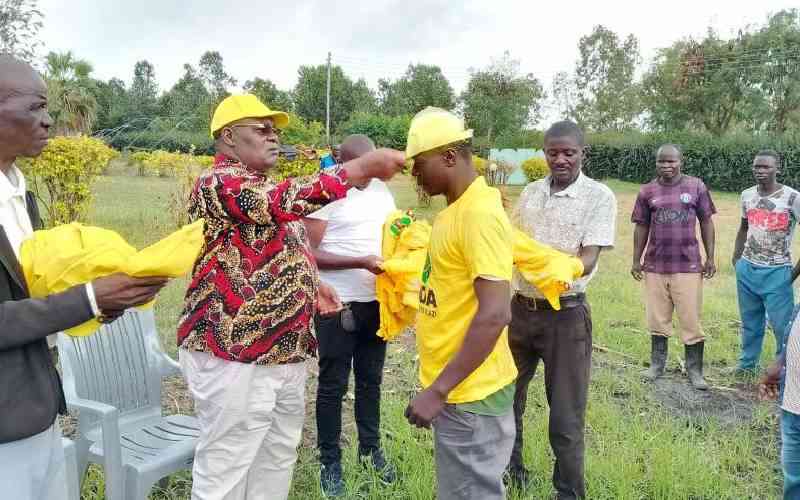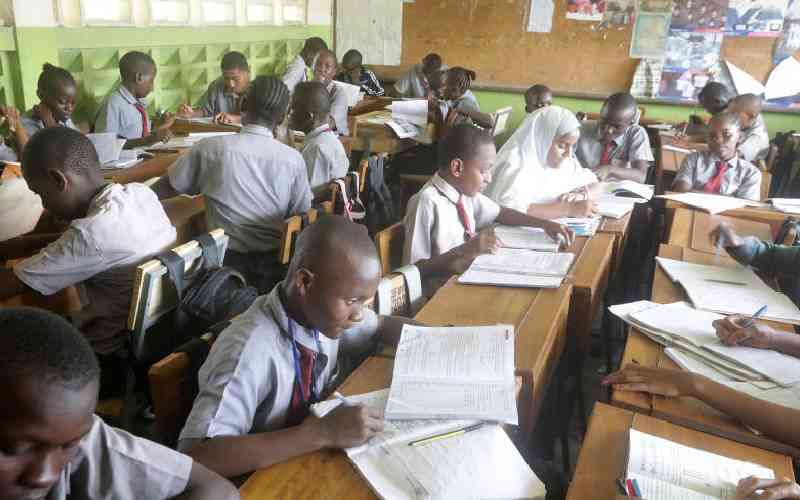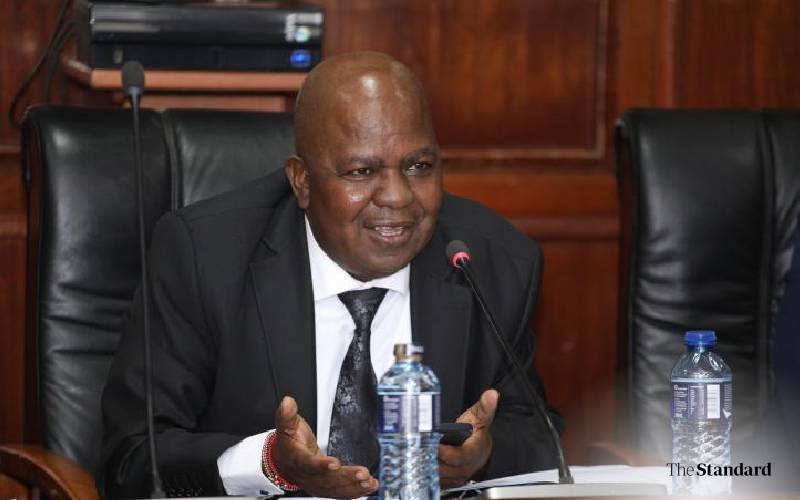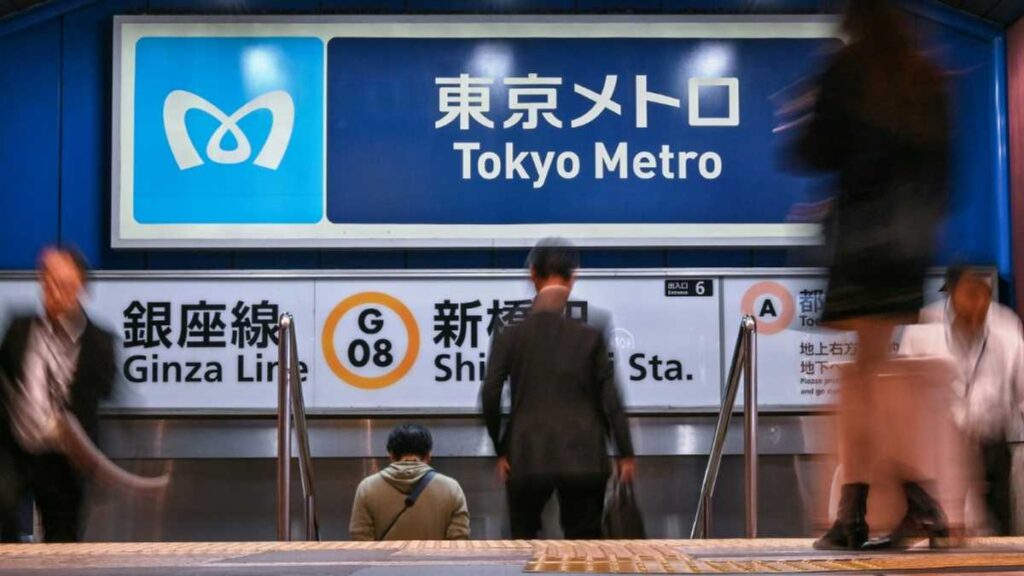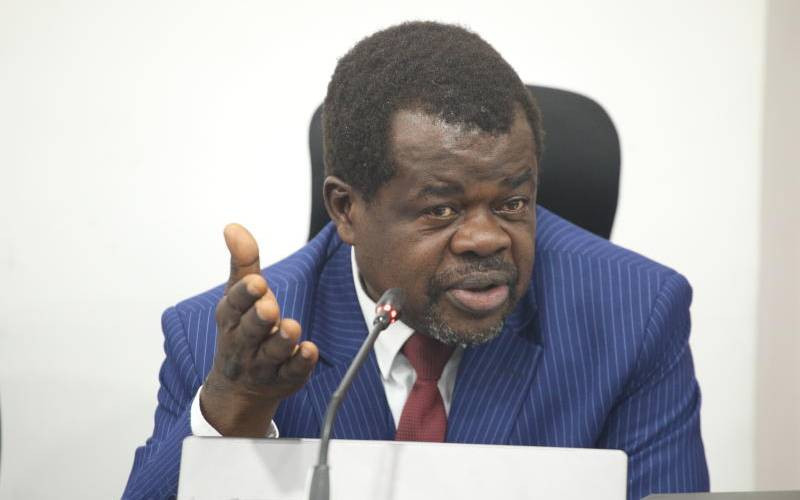As the government rolls out a new placement system for senior secondary school, anxiety is growing among parents over the selection process and the infrastructure gaps in sub-county and county schools.
Many fear that their children may be placed in pathways that lack the necessary resources, forcing them to appeal their placements thus delaying their academic progress.
Experts warn that many sub-county and county schools lack the infrastructure and human resources to support Science, Technology, Engineering and Mathematics (Stem) education.
“Placing students in these schools would be wasting their potential. The majority of students scoring an E in Mathematics and Science come from these schools,” said Emmanuel Manyasa, Director of Usawa Agenda.
“It is unrealistic to expect them to suddenly excel without adequate resources and qualified teachers.”
Under the new guidelines, all schools are required to offer at least two pathways, including Stem.
Choices
To provide students with greater choice, learners will select up to 12 schools — seven for their first-choice pathway, three for their second-choice pathway, and two for their third-choice.
The selection will be based on students’ performance and interest, availability of resources, and the number of vacancies.
However, with numerous sub-county and county schools lacking laboratories, many worry that placing students in these institutions will put them at a disadvantage.
“There is no way parents and students will willingly opt for Stem education in sub-county schools that lack the necessary facilities,” said Anthony Jumba, a concerned parent.
“This will only increase competition for the few schools that have the capacity to support these pathways.”
Dr Manyasa said dissatisfied learners transitioning to Grade 10 have been given the option to appeal their placement through their junior school headteachers.
“If students are wrongfully placed, parents can appeal, causing delays in final placement,” he said. However, concerns remain about the effectiveness of this process.
Stay informed. Subscribe to our newsletter
“Some school heads may fail to forward appeals to the ministry,” Manyasa warned.
The placement process is designed to ensure fairness by considering merit, student choice, and regional balance.
The top two boys and girls per sub-county applying for Stem will secure placement in boarding schools of their choice.
The top boy and girl in social sciences, arts, and sports science will also receive priority placement in boarding schools.
Students with special needs scoring Level 7 or 8 in assessments will be placed in boarding schools of their choice.
Full potential
However, Manyasa argues that this system indirectly admits that not all schools will provide equal opportunities for students to actualise their full potential.
“It is good that the ministry has shared the guidelines in advance. This allows for interrogation and necessary revisions before implementation,” he said.
Manyasa believes that the requirement for all schools to offer at least two pathways is an ideal goal but unrealistic for immediate implementation.
“Many sub-county schools are not ready to offer Stem education. These schools should first be upgraded rather than forcing them to offer subjects for which they have no resources or trained teachers,” he stated.
He warned that placing students in such schools would set them up for failure. “If you put a child in a school with no resources and restrict them to Stem subjects, you are leading them down a tunnel to nowhere,” he cautioned.
Majani Baridi, an educationist, argues that, for now, sub-county schools should focus on humanities until they are equipped for Stem education.
“This is why many parents will be reluctant to enrol their children in sub-county schools for Stem. Remember, most of the E grades in Mathematics and Science from previous national examination results come from such schools,” he said.
“Parents will come out protesting this, hence delaying placement of the learners.”
Parents and educators are also questioning the fairness of including the Grade 6 Kenya Primary School Education Assessment (KPSEA) scores in determining a student’s placement.
Under the new system, a student’s final placement score comprises 20 per cent from KPSEA (Grade 6), 20 per cent from school-based assessments (Grades 7 and 8), and 60 per cent from the Kenya Junior Secondary Education Assessment (Grade 9).
National Parents Association Chairman Silas Obuhatsa argues that a child’s future should not be determined by an exam taken at age 12.
“It is not fair to determine a child’s senior school placement based on what they did when they were in Grade 6. At that age, they were too young to understand the implications,” said Obuhatsa.
He also questions what will happen to students who did not sit for KPSEA in Grade 6.
Fairer system
“Where does their 20 per cent come from? A fairer system would be to base 80 per cent of the final score on the Grade 9 assessment and the remaining 20 per cent on school-based assessments,” he questioned.
Another concern is whether teachers will have enough time to fairly assess learners before guiding them into specific pathways.
“Teachers will face pressure from parents seeking specific pathways for their children. Some may also manipulate the system, as there is no clear mechanism to prevent bias in selection,” said Manyasa.

